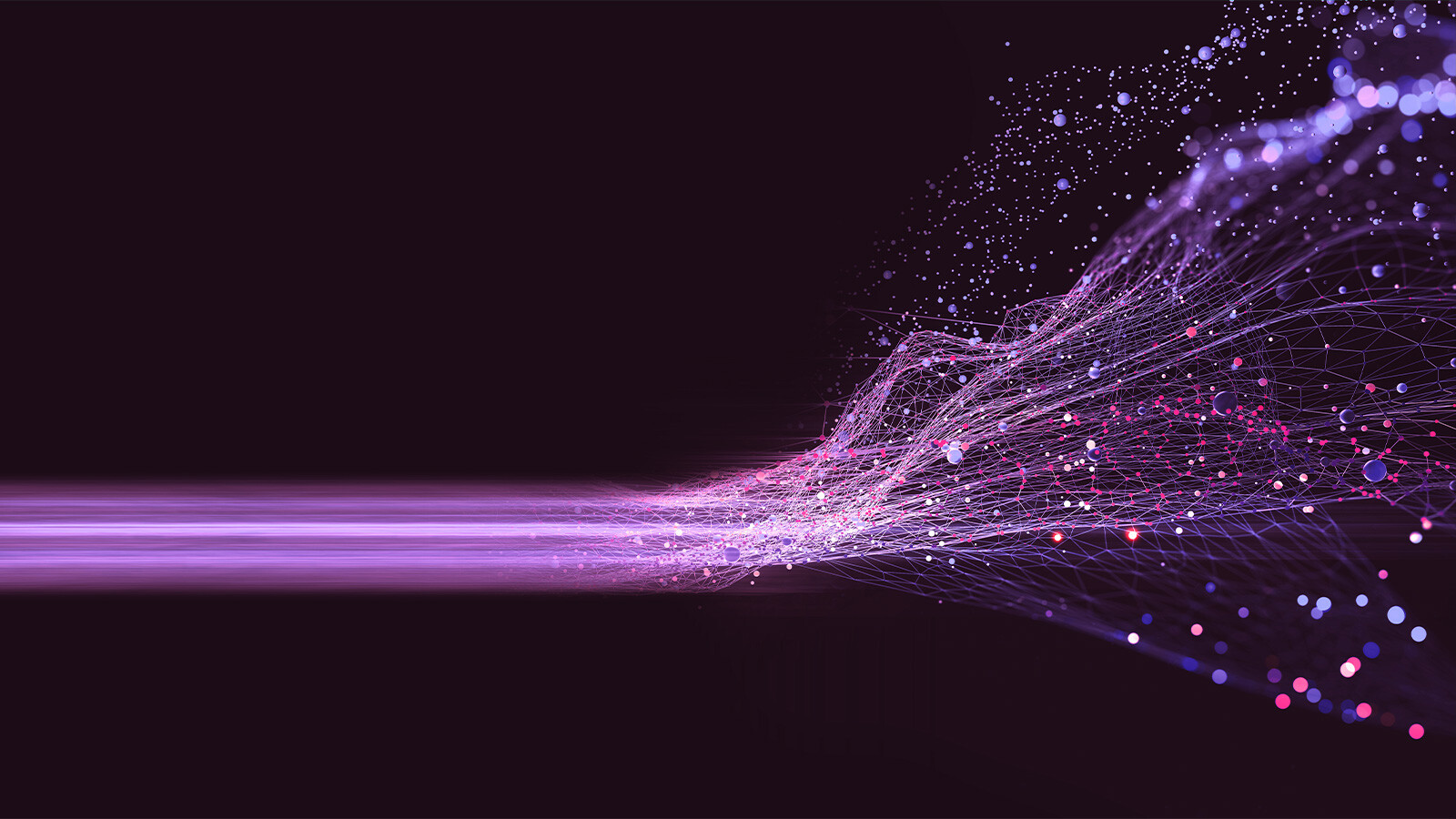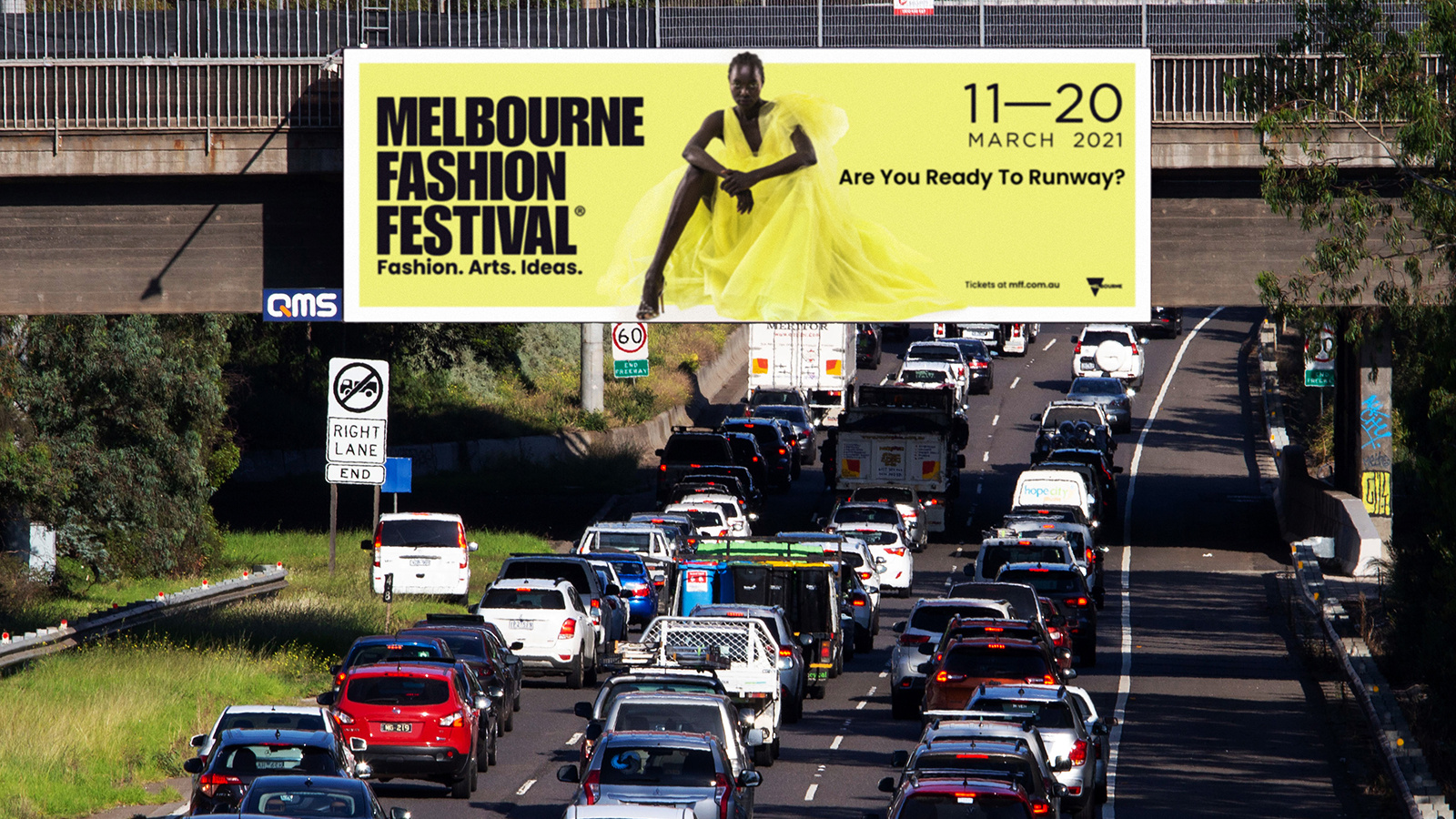Measuring OOH: Why We Need Attention and Neuro
In an article published in AdNews, QMS Strategic Sales Director, Adrian Venditti, explains the importance behind why we need to measure DOOH and why both Attention and Neuro-Insight are key to helping clients better understand the impact and influence of their campaigns.
At Marketing Week last year, Mark Ritson said that the secret of any bartender’s success is to master as many source drinks as possible and to then mix and match according to the situation and client.
Ritson was, of course, referring to the fact that marketers should be open to mixing different ways of thinking, different principles, and different data inputs to generate better outcomes.
We have taken the same approach at QMS, developing and implementing a multi-layered approach of complementary data sources that allow us to understand audiences, impact, and attribution. Two important pieces of the audience measurement ecosystem are neuro and attention.

Neuro and attention are, of course, two very different measures but they are equally important for the future of media planning. They measure different things and serve different objectives, but in simple terms, one is a measurement metric (attention) and the other is a complex cognitive processing measure that captures both the conscious and subconscious (neuro). The latter, in our opinion, is also a strong measure for creative performance as it understands the impact (what’s being committed to Memory Encoding) of a creative, which is strongly linked to campaign effectiveness.
Different approaches, however, Attention and Neuro can and should co-exist as each measure can address and complement different aspects of measurement and influence.
Legacy reach metrics across the industry are blunt and quite frankly, outdated.
Not all reach is equal, and it is critical that we continue to look beyond pure reach numbers to the quality of the reach or – as we like to say – from eyeballs to influence.
- Adrian Venditti, Strategic Sales Director, QMS
That’s why QMS has invested time and money in recent years in independently commissioned, bespoke research, that puts some proven parameters around the qualitative elements of out of home. It has seen us work closely with Neuro-Insight, the neuro marketing and analytics company that measures how the brain responds to communications.
The Outdoor Media Association has also recognised the importance of media asset quality, working with Neuro-Insight to introduce a neuro impact factor, which is another data point available in MOVE 1.5. This has been an important step towards proving the quality of various out of home formats and assets and is in natural alignment with the idea of introducing an attention metric (also a quality-based factor) for campaign analysis.
The bigger question is, what value does reach hold if an advertisement cannot be seen? As former Unilever CMO Keith Weed, said: “Unviewable ads are like having your billboards underwater. In other words, an opportunity to see is not seeing.” Meaning opportunity to see (OTS) is no longer a sufficient metric. Clients need to invest in media where they understand their communication can be seen – which sounds as simple as it really is.
But the majority of media continues to be traded on OTS as until recently, there hasn’t been a scalable way to calculate the proportion of an audience that actually looked at the advertisement during the “opportunity” window. The work from Amplified Intelligence and its founder, Dr Karen Nelson-Field, is trying to close this gap.
In 2020, Nelson-Field argued that advertising should be bought on the basis of a “verified human view” rather than the viewing opportunity alone, and if this is done, ad effectiveness increases. Her view led QMS to explore the notion of attention further, specifically, we’ve spent the past twelve to eighteen months, beginning to explore the relationship between attention to OOH advertising and memory retention, brand choice and growth. This work is in parallel to the long-term work we have been doing with Peter Pynta and the team at Neuro-Insight.
Given QMS’ unique perspective on out of home, we understand not all reach is created equal, so it makes sense that not all reach should be attributed the same communication impact. In other words, not all media assets can deliver the same attention – the format, size, location, context and positioning will all have an impact.
- Adrian Venditti, Strategic Sales Director, QMS
Attention metrics help advertisers compare apples with apples, irrespective of the channel or format, providing greater accountability through a standard currency for measuring the quality of advertising, while neuro research adds depth, measuring both the conscious and subconscious mind, through simulated consumer journeys. Both are critical ingredients for media and creative to get closer to understanding true ROI and the influence of OOH advertising.
The good news is that our world first OOH attention study is getting closer. Which means soon we will be able to understand the true power of the medium that will continue to help increase advertiser understanding, confidence and trust in the planning and execution of their campaigns.
One thing is for certain, be sure to keep your attention firmly on OOH next year, it’s going to be out of the ordinary.
Originally posted on AdNews.




